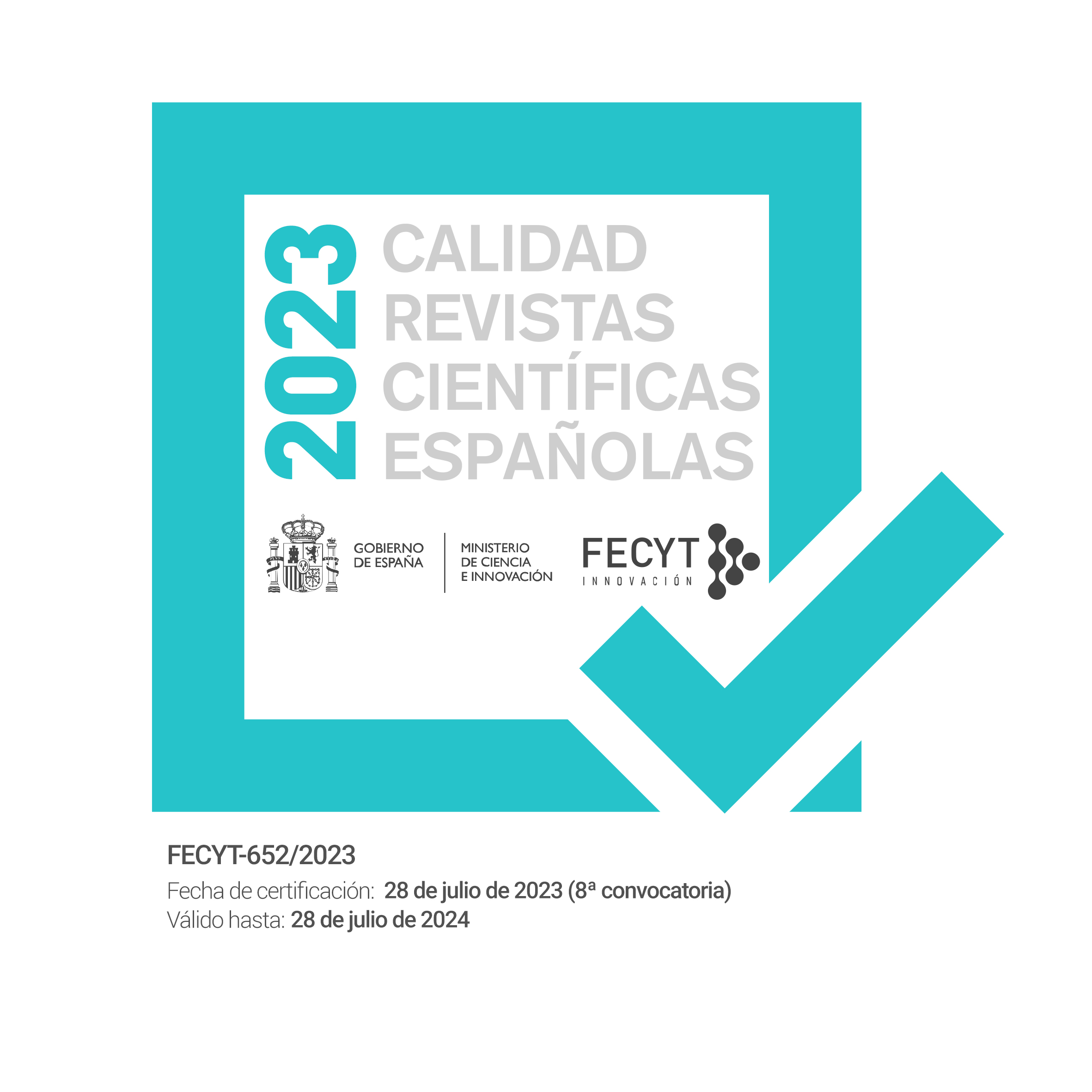Where the eye takes you: The processing of gender in codeswitching
Resumen
Abstract
Codeswitching is a powerful phenomenon to explore how the properties of the two language systems interact in the bilingual mind. This study focuses on this language contact situation by analyzing eye-tracking data recorded from a group of L1 Spanish – L2 English bilinguals. More specifically, and given that Spanish-English bilingual communities have been shown to exhibit an overwhelming tendency to produce determiner-noun switches (la window / the ventana), we formally explore the directionality of the switch and the type of implicit gender agreement mechanism in the case of Spanish determiner switches (la/el window // el/la book). Our results show that Spanish determiner switches as well as gender non-congruent Spanish determiner switches take significantly longer to process. We interpret these results in the light of formal proposals on gender representation and of previous empirical studies and argue that the strength of grammatical gender in the participants’ L1 determines the switching processing costs.
Keywords: English-Spanish codeswitching; grammatical gender; gender agreement; eye-tracking during reading
Título: Donde nos lleva el ojo: el procesamiento del género en alternancia de códigos
Resumen:
La alternancia de códigos posee gran potencial para explorar cómo interactúan dos sistemas lingüísticos en la mente del bilingüe. Exploramos esta situación de lenguas en contacto a través de datos de seguimiento ocular de bilingües de español L1 e inglés L2. Dado que las comunidades bilingües inglés-español muestran una clara tendencia a producir alternancia entre determinante y nombre (la window / the ventana), desde un punto de vista formal analizamos la direccionalidad de la alternancia y el tipo de mecanismo de concordancia de género implícita que se produce en el caso del determinante español (la/el window // el/la book). Los resultados muestran que se tardan más en procesar tanto la alternancia con determinante español como la del determinante español sin género analógico. Interpretamos estos resultados a la luz de propuestas formales de representación del género y argumentamos que la gramaticalidad del género en la L1 de los participantes determina los costes de procesamiento en este tipo de alternancia.
Palabras clave: alternancia de códigos inglés-español; género gramatical; concordancia de género; seguimiento ocular durante la lectura
Descargas
Publicado
Número
Sección
Licencia
Reconocimiento – No comercial (CC BY-NC). Bajo esta licencia el usuario puede copiar, distribuir y exhibir públicamente la obra y puede crear obras derivadas siempre y cuando estas nuevas creaciones reconozcan la autoría de la obra original y no sean utilizadas de manera comercial.
Los autores retienen todos sus derechos de publicación y copyright sin restricciones.









